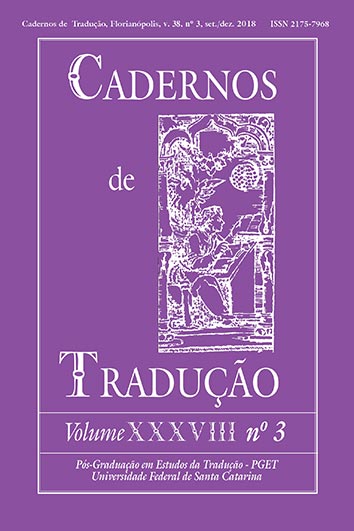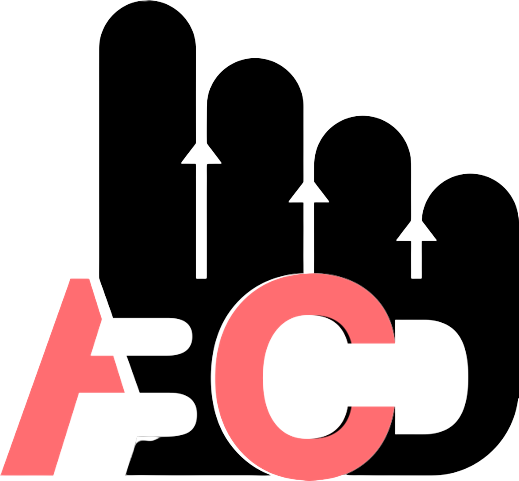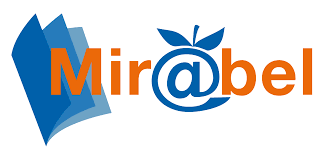Uma aplicação da teoria do gato de Shrödinger para entender o apocalíptico e contemporâneo Finnegans Wake?
DOI:
https://doi.org/10.5007/2175-7968.2018v38n3p183Resumo
O texto a seguir propõe uma aplicação da Teoria do Gato de Shrödinger, da mecânica quântica, na compreensão e tradução de um trecho da obra Finnegans Wake de James Joyce. Para que este exercício pudesse ser feito, encontramos respaldo na noção de obra aberta (ECO, 2010) e na compreensão de que a referida obra de Joyce é um texto contemporâneo (AGAMBEN, 2009), resultado possível da errância (OLIVIERI-GODET, 2010) do autor.
Referências
AGAMBEN, Giorgio. O que é o contemporâneo? e outros ensaios. Trad. Vinícius Nicastro Honesko. Chapecó: Argos, 2009.
BARROS, Deborah Paes de. Fast Cars and Bad Girls. Nomadic subjects and women’s road stories. New York: Peter Lang, 2004.
BURGESS, Anthony. A literatura inglesa. São Paulo, Ática, 2008.
ECO, Umberto. Obra Aberta: forma e indeterminação nas poéticas contemporâneas. Trad. Giovanni Cutolo. São Paulo: Perspectiva, 2010.
GALINDO, Caetano Waldrigues. Sobre a possibilidade de que o Finnegans Wake, de James Joyce, represente uma espécie de síntese literária em moldes bakhtinianos. BAKHTINIANA, São Paulo, v. 1, n. 4, 2010, pp. 38-49.
JOYCE, James. Finnegans Wake. Oxford: Oxford University Press, 2012.
NUTTALL, Christine. Teaching Reading Skills in a Foreign Language. Oxford: Heinemann, 1996.
OLIVIERI-GODET, Rita. Errância/Migrância/Migração. In: BERND, Zilá. (org.). Dicionário das mobilidades culturais: percursos americanos. Porto Alegre: Literalis, 2010, pp. 189-210.
ORLANDI, Eni P. Análise de discurso: princípios e procedimentos. 5 ed. Campinas: Pontes, 2003.
Downloads
Publicado
Como Citar
Edição
Seção
Licença
Copyright (c) 2018 Cadernos de Tradução

Este trabalho está licenciado sob uma licença Creative Commons Attribution 4.0 International License.
Autores têm autorização para assumir contratos adicionais separadamente, para distribuição não exclusiva da versão do trabalho publicada nesta revista (ex.: publicar em repositório institucional ou como capítulo de livro, com reconhecimento de autoria e publicação inicial nesta revista).





















































